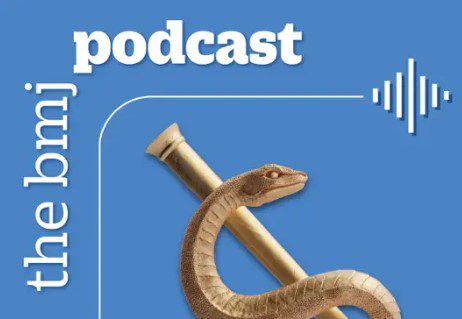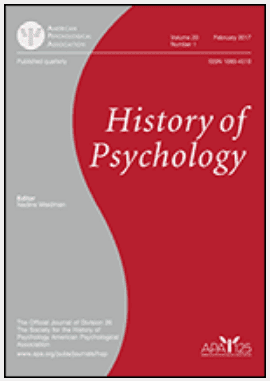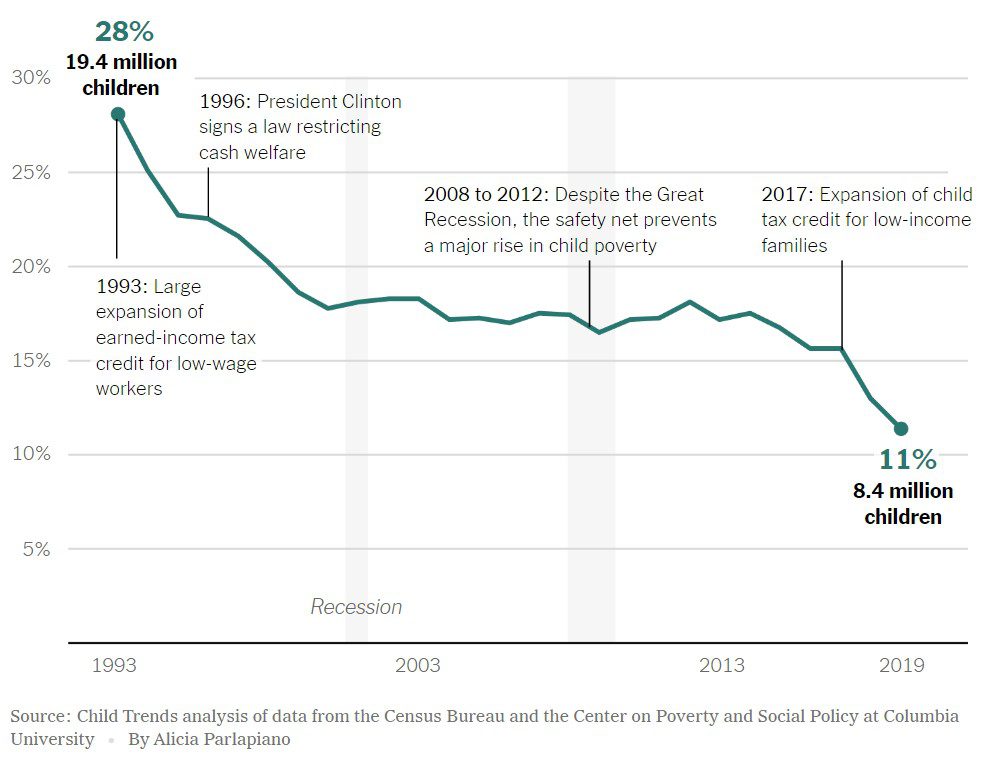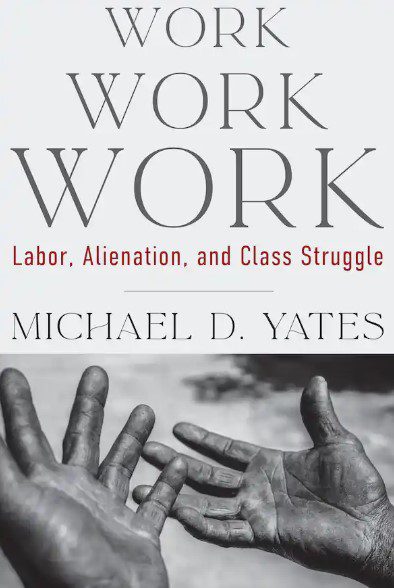
Archive for September 2022
A new approach to constructing confidence intervals for population means based on small samples
Trying to keep alive a non‐traumatizing memory of the deceased: A meta‐synthesis on the interpretation of loss in suicide‐bereaved family members, their coping strategies and the effects on them
Newly Proposed Rule Would Help Kids, Seniors, and Others Get and Stay Enrolled in Medicaid and CHIP
Veteran Suicide: VA Efforts to Identify Veterans at Risk through Analysis of Health Record Information
Youth Assets and Initiation of Sexual Intercourse by Family Structure: A Longitudinal Cohort Study
Relationship of DRD5 and MAO‐B VNTR polymorphisms with paranoid and antisocial personality disorders in polydrug users
Professional and Occupational Regulation: U.S. State Regulatory Structures
Talk Evidence – a new way of understanding antidepressant effectiveness

What Are the Signs and Symptoms of Menopause?
Addressing inequity in palliative care provision for older people living with multimorbidity. Perspectives of community-dwelling older people on their palliative care needs: A scoping review
Australian Public Service Hierarchy and Classification Review
Chronic pain, mental health and functional impairment in adult refugees from Syria resettled in Norway: a cross-sectional study
Controlling precarious work through documents: The carteira de trabalho on the sugarcane plantations of Northeast Brazil
Children’s connectedness and shared meanings strategies during play with siblings and friends
The effect of COVID-19 on public confidence in the World Health Organization: a natural experiment among 40 countries
European Drug Report 2022: Trends and Developments
Aging shifts the relative contributions of episodic and semantic memory to decision-making.
Exploring health and social services in Denmark, Norway, Spain and the United Kingdom for the development of Parkinson’s care pathways. A document analysis
Psychometric Evaluation of the Cooper–Norcross Inventory of Preferences–Therapist Version
The prevalence of menstrual disorders and premenstrual syndrome among adolescent girls living in North Borneo, Malaysia: a questionnaire-based study
Making meaning of women’s persistence and protagonism in the wake of genocidal violence: Maya Ixil and K’iche’ women of Chajul, Guatemala
Socioeconomic inequalities in adolescent health behaviours across 32 different countries – The role of country-level social mobility
A feasibility study on social competence intervention for Chinese adolescents and adults with comorbid autism spectrum disorder and intellectual disability
COVID-19 and Mental Health in Eure (COVID-SME)
Quality improvements of healthcare trajectories by learning from aggregated patient-reported outcomes: a mixed-methods systematic literature review
Comparison of eating disorders symptoms and body image between individual and team sport adolescent athletes during the COVID-19 pandemic
Family involvement in psychiatry: Beyond implementing family interventions
Prospective association between e‐cigarette use frequency patterns and cigarette smoking abstinence among adult cigarette smokers in the United States
Long COVID with Dr. James Jacobs, MD, PhD
Autism spectrum disorders: current issues and future directions
Using systems-mapping to address Adverse Childhood Experiences (ACEs) and trauma: A qualitative study of stakeholder experiences
Improvements in schooling attainment through conditional cash transfers in Mexico
Moral injury events and behavioral health outcomes among American veterans
The quest for objectivity and measurements in phrenology’s “bumpy” history.

Phrenology is based on correlating character traits with visible or palpable cranial bumps (or depressions) thought to reflect underlying brain areas differing in size and levels of activity. Franz Joseph Gall, who introduced the doctrine during the 1790s, relied heavily on seeing and feeling skulls when he formulated his theory, as did Johann Spurzheim, who served as his assistant until 1813 and then set forth on his own. But Peter Mark Roget, a British critic of the doctrine, first assailed these methods as too subjective in 1818, and never changed his mind. George Combe, a Scotsman who admired Spurzheim, introduced calipers and other measuring instruments during the 1820s, hoping to make phrenology more like the admired physical sciences. In the United States, the Fowlers also called for more numbers, including measuring distances between the cortical sites above the organs of mind. Nonetheless, phrenologists realized they faced formidable barriers when it came to measuring the physical organs of mind, as opposed to basic skull dimensions. This essay examines the subjectivity that left phrenology open to criticism and shows how some phrenologists tried to overcome it. It also shows how vision and touch remained features of phrenological examinations throughout the numbers-obsessed 19th century. (PsycInfo Database Record (c) 2022 APA, all rights reserved)
Kenya: Progress Through Partnership: Africa’s Hunger Crisis
A Dynamic Visualization Tool of Local Trends in Heart Disease and Stroke Mortality in the United States
Listening to and Believing Derogatory and Threatening Voices
Using the talking album to elicit the views of young children in foster care regarding a reading intervention
Autobiographical memory impairment in chronic schizophrenia: Significance and clinical correlates
Deconstructing design thinking as a tool for the implementation of a population health initiative
Digital Ageism: Challenges and Opportunities in Artificial Intelligence for Older Adults
Expanded Safety Net Drives Sharp Drop in Child Poverty

Using Early Childhood Mental Health Consultation to Facilitate the Social–Emotional Competence and School Readiness of Preschool Children in Marginalized Communities
Uncovering Missing Voices: Invisible Aspects of Idiosyncratic Deals (I-Deals)
Expansions to Child Tax Credit Contributed to 46% Decline in Child Poverty Since 2020
Understanding Social and Emotional Loneliness among Black Older Adults: A Scoping Review
Intersecting substance use treatment and harm reduction services: exploring the characteristics and service needs of a community-based sample of people who use drugs
Work Work Work: Labor, Alienation, and Class Struggle
